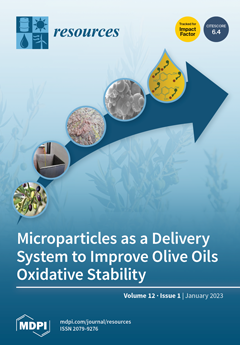Open AccessArticle
Geodiversity of Las Loras UNESCO Global Geopark: Hydrogeological Significance of Groundwater and Landscape Interaction and Conceptual Model of Functioning
by
África de la Hera-Portillo, Julio López-Gutiérrez, Luis Moreno-Merino, Miguel Llorente-Isidro, Rod Fensham, Mario Fernández, Marwan Ghanem, Karmah Salman, Jose Ángel Sánchez-Fabián, Nicolás Gallego-Rojas, Mª Mar Corral, Elena Galindo, Manuela Chamizo-Borreguero and Nour-Eddine Laftouhi
Cited by 3 | Viewed by 2314
Abstract
Las Loras UNESCO Global Geopark (UGGp) is geologically diverse, particularly in relation to water-derived features: springs, karst springs, travertine buildings, waterfalls, caves. In this work, the interactions between geology, geomorphology, structures and hydrogeology are analyzed. As a result of this study, a first
[...] Read more.
Las Loras UNESCO Global Geopark (UGGp) is geologically diverse, particularly in relation to water-derived features: springs, karst springs, travertine buildings, waterfalls, caves. In this work, the interactions between geology, geomorphology, structures and hydrogeology are analyzed. As a result of this study, a first conceptual model of the hydrogeological functioning at Las Loras UGGp is presented. The most plausible hypothesis is that the system is formed by two superimposed aquifer systems, separated by an aquitard formed by Lower Cretaceous material. The deep lower aquifer formed by the Jurassic limestones only outcrops on the northern and southern edges of the Geopark and in a small arched band to the south of Aguilar de Campoo. It forms a basement subject to intense deformation. The upper aquifer system, formed by outcropping materials from the Upper Cretaceous, is a free aquifer. It is formed by a multilayered aquifer system that is highly compartmentalized, constituting individual moorland and lora units acting as a separate recharge–discharge system. This model explains the base level of the permanent rivers and the abundant springs, important components of the water cycle and representing a contribution to the rich geological heritage of the location.
Full article
►▼
Show Figures





